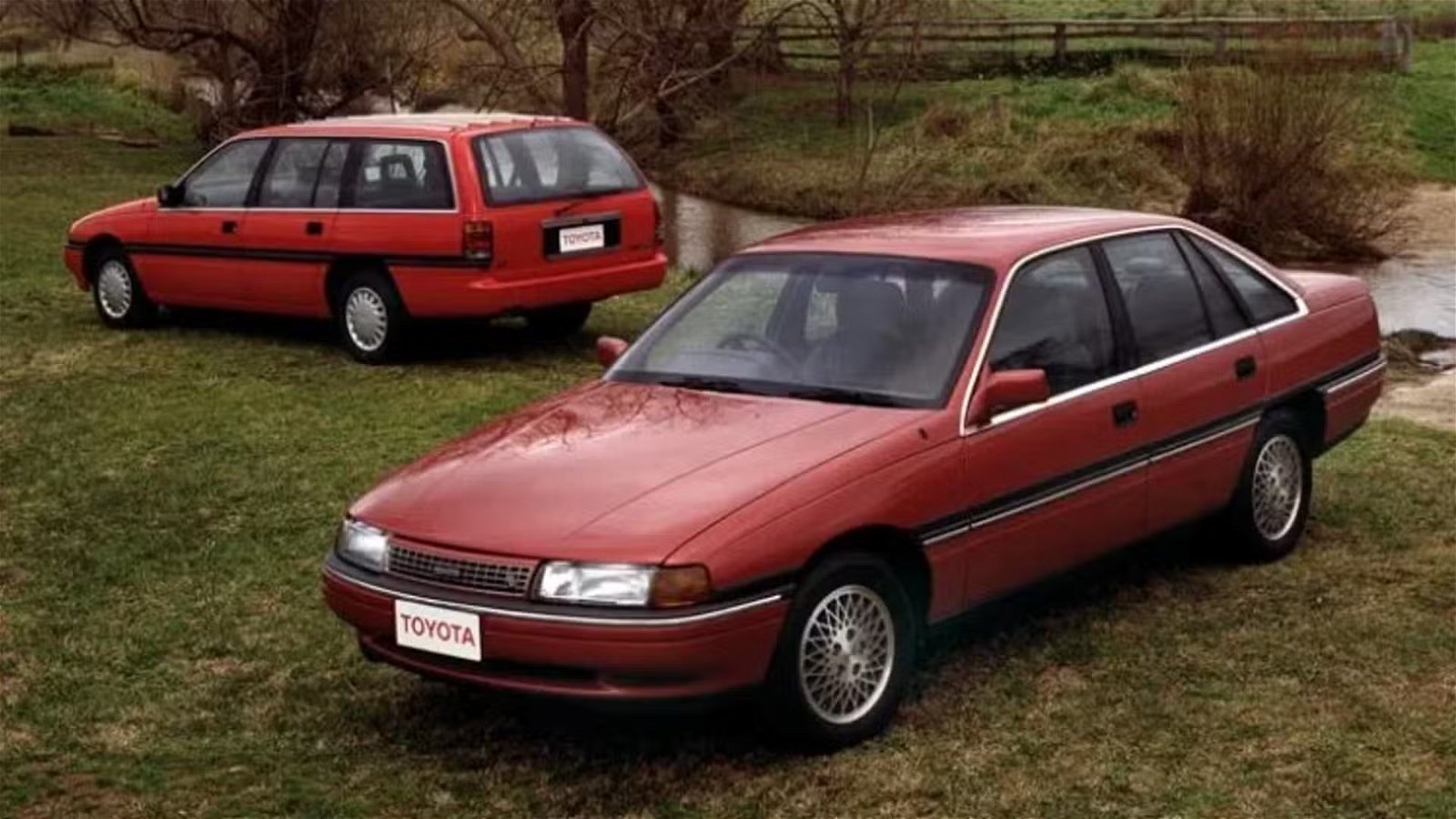
Decades ago, as the post World War II consolidation of the motor industry really took off, the powers-that-were couldn’t bring themselves to kill off any of the various brands that were increasingly ending up under one roof. Hence the advent of widespread badge engineering.
History shows that many of these brands did actually die in the end. In fact, their demise was probably hastened because of blatant badge engineering rather than carving out their own identities.
So, what is badge engineering? Well, it’s the term used for re-badging an existing car/platform with another brand whilst the fundamentals of the vehicle remain much the same. As we’ll see, there are various degrees of badge engineering and these days it tends to be executed rather more successfully than in days of yore.
There have been some wonderful and not-so-wonderful examples of badge engineering over years and I’m sure readers can think of many, but here are my favourite case studies:
The British Motor Corporation, BMC, (later British Leyland) ADO16, often known as the 1100
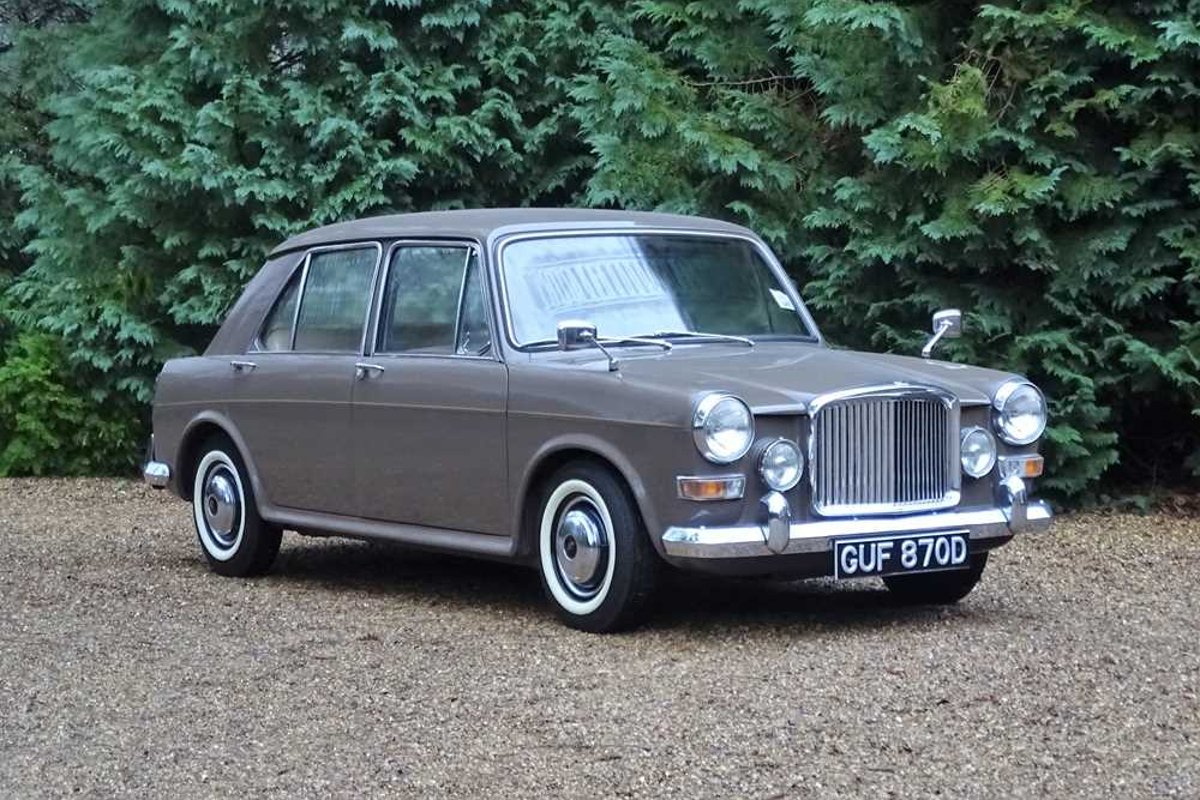
This car was introduced initially as both the Austin and the Morris 1100. It was, conceptually, a grown up Mini and first saw the light of day in 1962. BMC were specialists in inefficiency back then and the sort of lunacy that eventually led to their downfall was truly evident in the decision to manufacture the Austin and Morris versions, which were almost identical, in two different factories in the UK barely 100 kms from each other.
The Morris version was, of course, adapted to Australian conditions and produced here in one form or another through until 1971, including the diabolical automatic version.
But back in Blighty, the badge guys got to work and started to slap onto the car every brand in the stable. They kicked off with the MG version that did at least sport a twin carburetor engine as a differentiator. This was followed by both Wolseley and Riley versions that both wore interesting, and different, front grilles.
Finally, in 1966, the Piece de Resistance of the range went on sale, namely the Vanden Plas Princess 1100. This masterpiece came complete with a full walnut wood interior trimmings including picnic tables in the rear plus a grille that mimicked a Bentley one! A Morris 1100 posing as a little Bentley – really!
I’ve got a real soft spot for the Vanden Plas version as it happens. During the early 1990s, the Japanese developed a huge appetite for various European automotive oddities, none more so than the Princess 1100 and the later 1300. So, every Thursday morning, we’d scour the pages of Exchange and Mart (the used car marketing platform of the time in the UK) for good, secondhand examples. The remarkable thing was that there was a plentiful supply of genuine low mileage, one lady owner, cars that came up for sale. The market in the UK for these was all but nonexistent by then, but in the Land of the Rising Sun the little Vanden Plas was worth very big money, especially the late, MK3, model from the early 1970s. We rang the bell, as it were, pretty much every week for three or four years before the supply dried up. Happy days.
The Opel Zafira
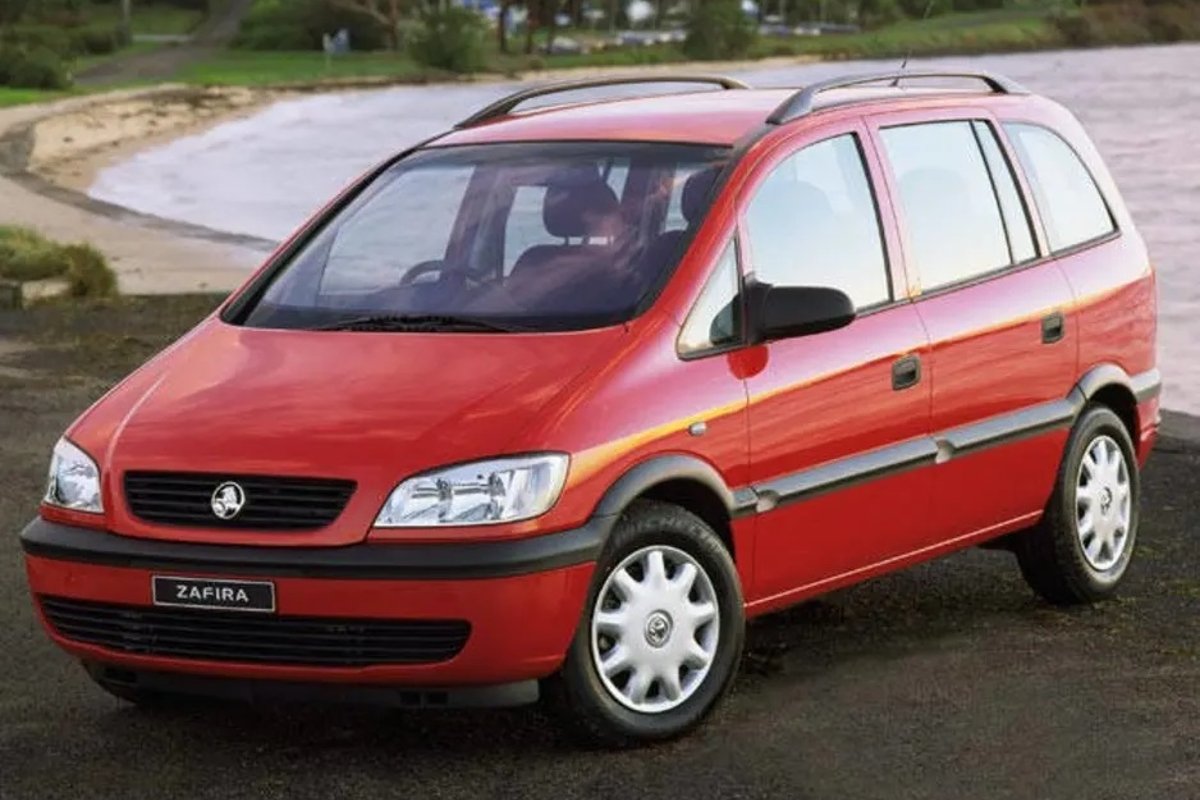
The Zafira was a 1990s developed compact seven-seater people carrier, as some folk might remember. Designed and developed primarily for the European market by Opel, the original version was built on the Astra platform of the day from 1999 through to 2004.
It’s on my list of case studies because it was simply re-badged by General Motors, the then owners of Opel, for whatever market it was being sold into. There wasn’t any attempt to adapt the car for a particular territory, they just glued the relevant brand identification on each car as they came down the production lines in Germany, Thailand and Brazil.
So, for most of Europe this model was an Opel. However, in the UK it was a Vauxhall and hence you had the slightly bizarre situation whereby on the island of Ireland the shopping centres of Newry (in Northern Ireland) and Dundalk (in the South), towns separated by 20kms, both Opel (Europe including Ireland) and Vauxhall (UK and NI) versions would regularly be parked side by side, as I witnessed myself.
Meanwhile, in various markets, including South America, the Zafira wore the Chevrolet bow tie, whilst in Australia and New Zealand it was obviously sold as a Holden.
Less obviously, and as a result of a tie up between GM and Fuji Heavy Industries, the car was sold as a Subaru in Japan.
In 2002 a Ro-Ro car carrier, filled with cars built in Thailand, caught fire at sea and ended up docking at Port Klang (Malaysia) with a partially damaged load of cars on board. Amongst the cargo were approximately 400 Zafiras, of which about 50 were fire damaged to some extent. I was offered the complete batch of cars, including all the unaffected ones, by the insurers and hence went to inspect them. The only Zafira brand that wasn’t represented in that load was Vauxhall. They ended with new homes on the island of Cyprus where they didn’t care what badge they carried as long as they were cheap! More happy days.
The Volkswagen Touareg
This example is, in my opinion, the most brilliant example of badge engineering to date. Rather than following the Zafira template, the Touareg platform crosses multiple brands with a high degree of variation and re-engineering. Whereas the GM product was just a way of ensuring the Zafira was marketed under a brand name that each local market recognized, the VW approach has been to create different versions of the same car that can be sold at enormously variable price points in the same market.
And so the Touareg not only morphed into the Audi Q7, it also became the Porsche Cayenne, the Lamborghini Urus and the Bentley Bentayga. In doing so, the geniuses behind the development of these variants created a vehicle that is sold, in Australia, from a starting point of $90,000 to over half a million dollars. Yes, engines, exterior panels and interior trims have all been adapted to each brand, but the base is the same and therefore every model is highly cost effective to produce.
Having said that, if I was in the market for an SUV of this size, I’d personally opt for the real thing every time and would opt for the 210TDI R-Line Touareg at around $120k. I’d have a quiet snigger each time I drove past a Urus or a Bentayga on the basis that I’d have paid a fraction of the price for essentially the same jigger. And, having driven one recently, I can vouch for the fact that it’s actually a bloody good car. The only thing that the Lamborghini version will do better than the VW is to get your licence taken away faster.




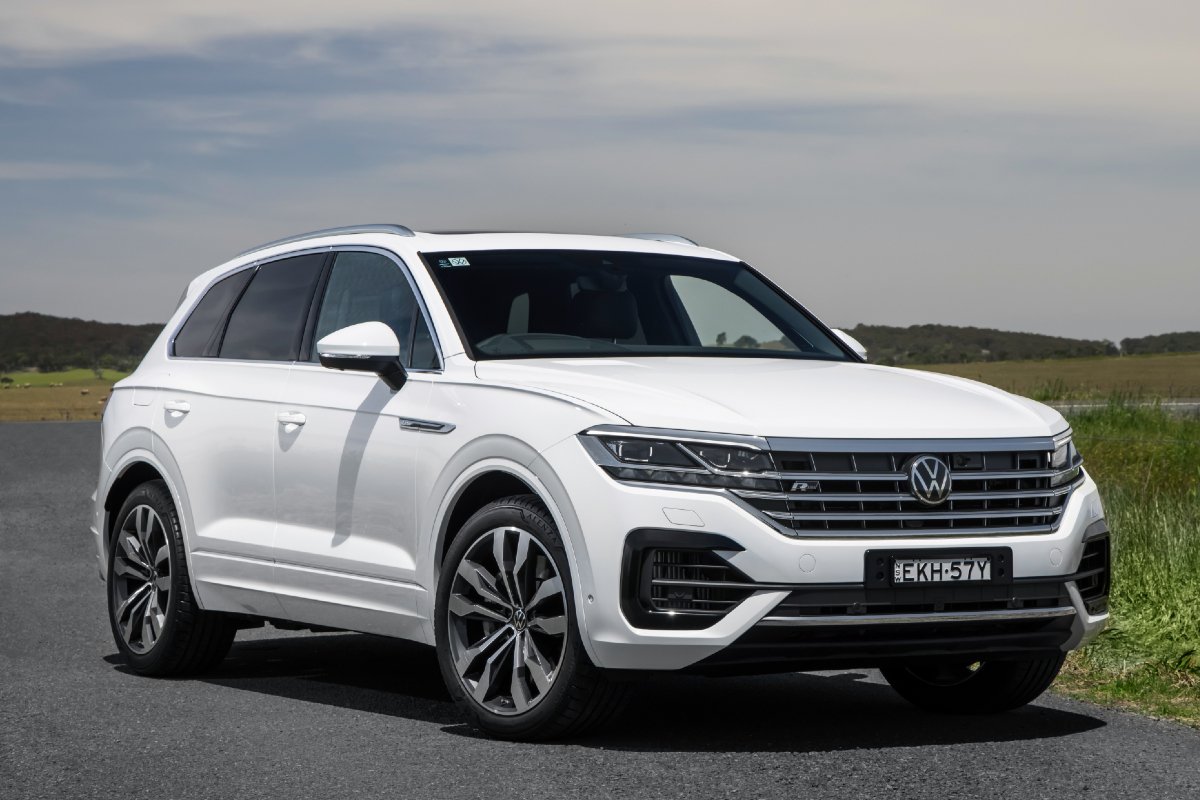
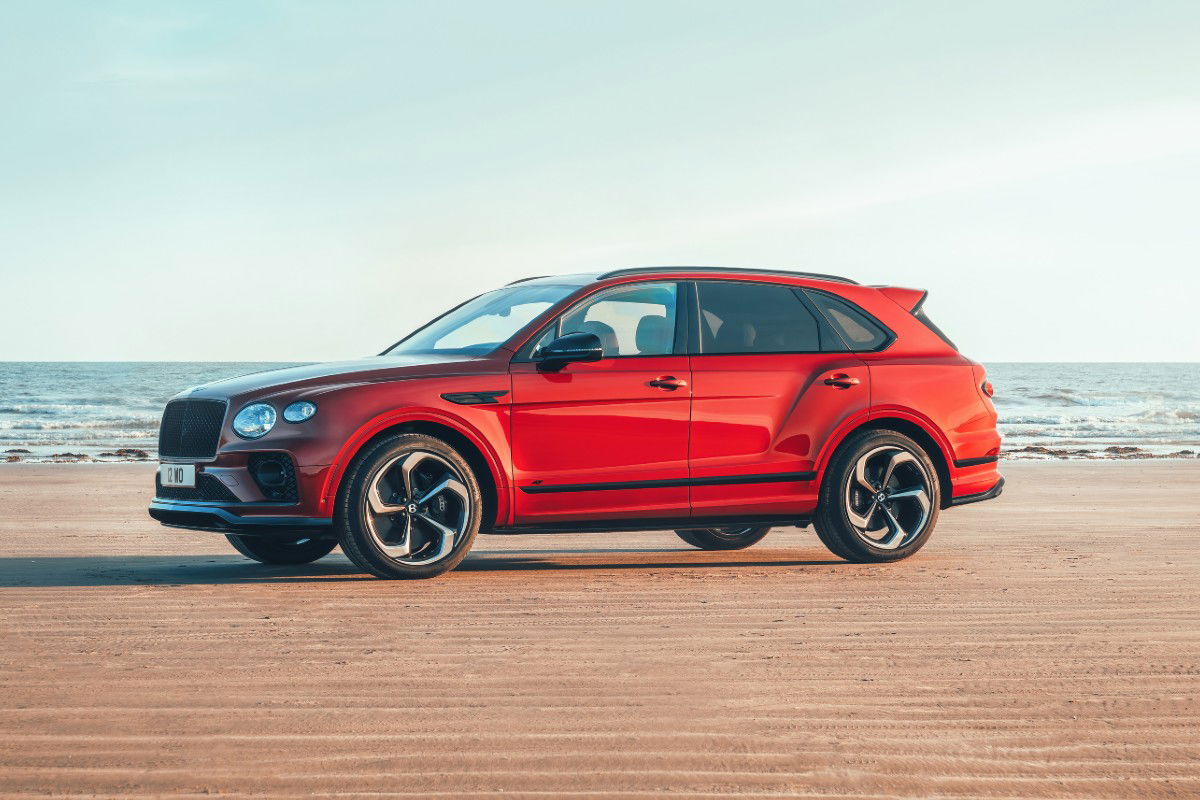
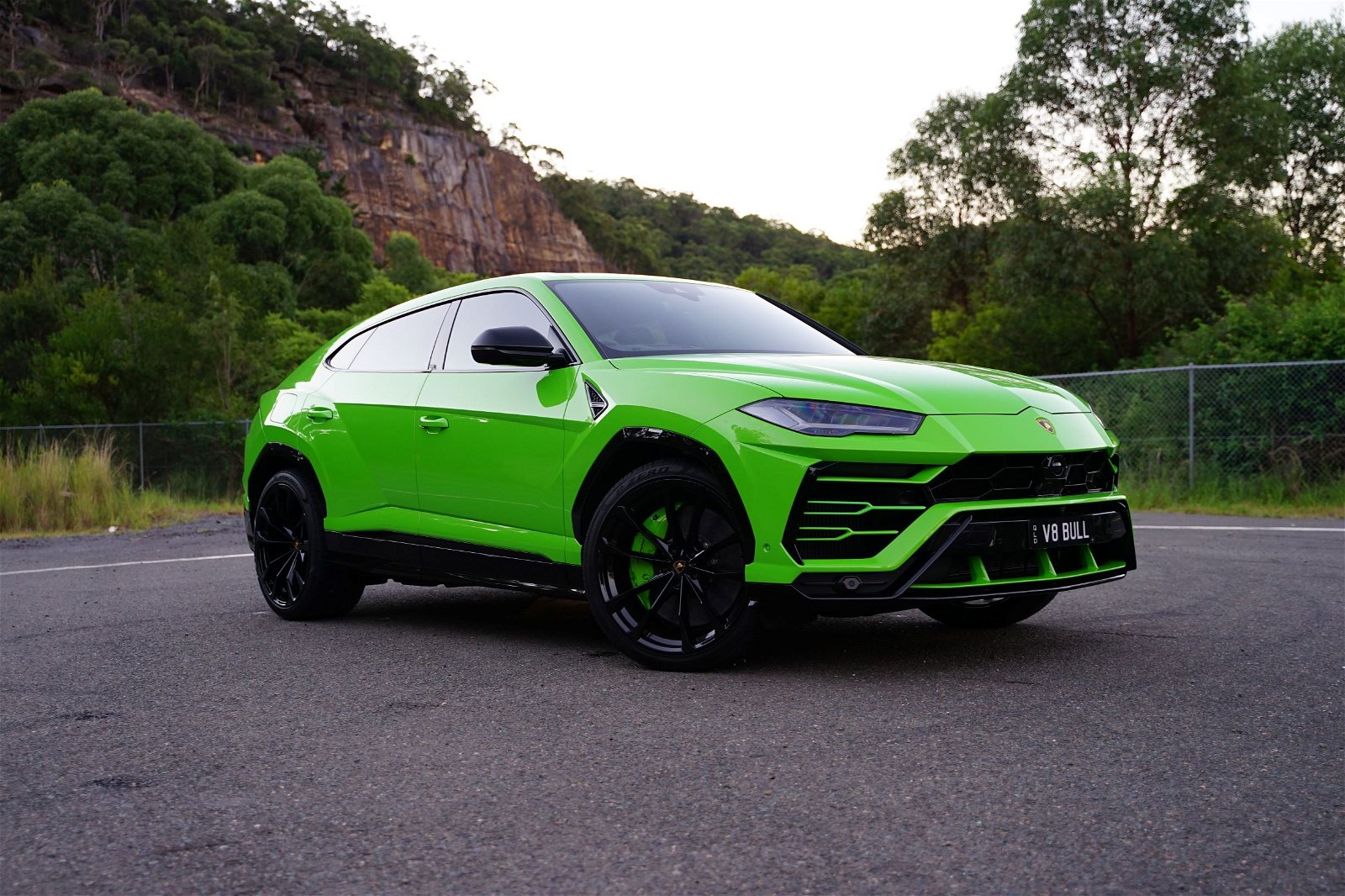









Discussion about this post